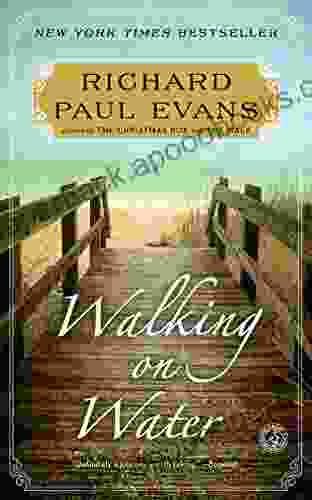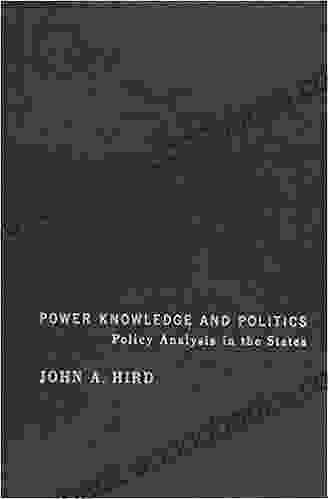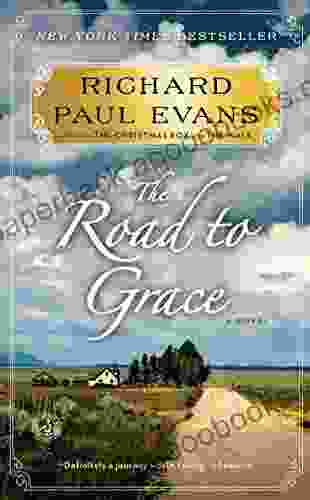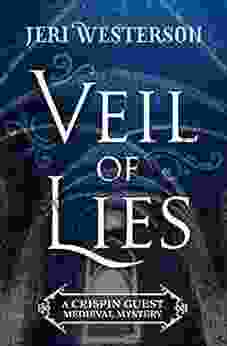Master Music Theory with Effortless Memory Techniques: The Ultimate Guide

4.4 out of 5
| Language | : | English |
| File size | : | 2150 KB |
| Text-to-Speech | : | Enabled |
| Screen Reader | : | Supported |
| Enhanced typesetting | : | Enabled |
| Word Wise | : | Enabled |
| Print length | : | 97 pages |
| Lending | : | Enabled |
Music theory, the underlying structure and principles that govern music, is often seen as a daunting subject. But with the right techniques, you can unlock its secrets and remember it all with ease.
In this comprehensive guide, we will delve into the world of music theory and provide you with powerful memory techniques that will help you master its essential concepts:
Intervals: The Building Blocks of Music
Intervals are the distance between two notes. They play a crucial role in creating melodies, harmonies, and chord progressions. To remember intervals, try this simple trick:
Pair each interval with a common object or phrase:
- Unison: Two notes that sound the same (e.g., "Me and you")
- Minor Second: A small step (e.g., "A mouse's squeak")
- Major Second: A slightly wider step (e.g., "Mama's hug")
- Minor Third: A sad interval (e.g., "Tears in my eyes")
- Major Third: A happy interval (e.g., "Joy in my heart")
Chords: The Harmonic Foundation
Chords are combinations of three or more notes played together. They provide the harmonic backbone of music. To memorize chords, use the following technique:
Create a story or acronym for each chord type:
- Major chord: "Major Happy Friends" (C-E-G)
- Minor chord: "Minor Sad Friends" (C-Eb-G)
- Dominant Seventh Chord: "Dragon Slayer 7" (C-E-G-Bb)
Scales: The Melodic Framework
Scales are sequences of notes that follow a specific pattern. They provide the melodic foundation for music. To remember scales, try this visualization technique:
Imagine a piano keyboard in your mind. Play the notes of each scale in ascending and descending Free Download. Focus on the fingering and the intervallic relationships between the notes.
Harmony: The Interaction of Chords
Harmony is the combination of chords and their progression. It creates the emotional and structural framework of music. To master harmony, use the following method:
Analyze chord progressions in your favorite songs. Identify the root notes, their intervals, and how they create a sense of movement and resolution.
Rhythm: The Heartbeat of Music
Rhythm is the pattern of beats and accents in music. It creates the foundation for melody, harmony, and overall structure. To improve your rhythmic understanding, try this practice technique:
Use a metronome or drum machine to practice playing simple rhythms. Gradually increase the complexity and add variations to develop your rhythmic accuracy and coordination.
Ear Training: Developing Your Musical Ear
Ear training is the ability to identify and reproduce musical elements by ear. It is a crucial skill for musicians of all levels. To enhance your ear training, use the following tips:
Listen attentively to music and try to identify the intervals, chords, and rhythms. Use online ear training exercises or apps to practice.
By employing these memory techniques, you can transform music theory from a daunting subject into an accessible and enjoyable one. With regular practice and dedication, you will master its essential concepts and unlock the full potential of your musical abilities.
Remember, music theory is not just a set of rules; it is a language that allows us to communicate, express, and appreciate the beauty of music. By embracing these memory techniques, you will gain a deeper understanding and appreciation of this remarkable art form.
4.4 out of 5
| Language | : | English |
| File size | : | 2150 KB |
| Text-to-Speech | : | Enabled |
| Screen Reader | : | Supported |
| Enhanced typesetting | : | Enabled |
| Word Wise | : | Enabled |
| Print length | : | 97 pages |
| Lending | : | Enabled |
Do you want to contribute by writing guest posts on this blog?
Please contact us and send us a resume of previous articles that you have written.
 Book
Book Novel
Novel Page
Page Chapter
Chapter Text
Text Story
Story Genre
Genre Reader
Reader Library
Library Paperback
Paperback E-book
E-book Magazine
Magazine Newspaper
Newspaper Paragraph
Paragraph Sentence
Sentence Bookmark
Bookmark Shelf
Shelf Glossary
Glossary Bibliography
Bibliography Foreword
Foreword Preface
Preface Synopsis
Synopsis Annotation
Annotation Footnote
Footnote Manuscript
Manuscript Scroll
Scroll Codex
Codex Tome
Tome Bestseller
Bestseller Classics
Classics Library card
Library card Narrative
Narrative Biography
Biography Autobiography
Autobiography Memoir
Memoir Reference
Reference Encyclopedia
Encyclopedia Lenieka Brown
Lenieka Brown Matt Stone
Matt Stone Jennifer Mcmahon
Jennifer Mcmahon Kjell Brataas
Kjell Brataas Johann Peter Eckermann
Johann Peter Eckermann Pia Mellody
Pia Mellody Robert E Cripe
Robert E Cripe Joanna Toye
Joanna Toye Joe Minichino
Joe Minichino Jeannie Watt
Jeannie Watt Jean Lassalle
Jean Lassalle Jeremy Allen
Jeremy Allen Matteo Prefumo
Matteo Prefumo Joanne L Rondilla
Joanne L Rondilla Joan Houlihan
Joan Houlihan Jenna Blum
Jenna Blum Joan Jefferson Freeman
Joan Jefferson Freeman Palmer Jones
Palmer Jones Jim Ollhoff
Jim Ollhoff Jeremy D Bailey
Jeremy D Bailey
Light bulbAdvertise smarter! Our strategic ad space ensures maximum exposure. Reserve your spot today!

 Melvin BlairRevisiting the Global Imaginary: Unveiling the Interconnectedness of Human...
Melvin BlairRevisiting the Global Imaginary: Unveiling the Interconnectedness of Human... Jacob FosterFollow ·9.7k
Jacob FosterFollow ·9.7k Oscar WildeFollow ·2.7k
Oscar WildeFollow ·2.7k Preston SimmonsFollow ·7.1k
Preston SimmonsFollow ·7.1k Sean TurnerFollow ·15.4k
Sean TurnerFollow ·15.4k Gil TurnerFollow ·11.4k
Gil TurnerFollow ·11.4k Ismael HayesFollow ·14.1k
Ismael HayesFollow ·14.1k Eli BrooksFollow ·18.6k
Eli BrooksFollow ·18.6k Jeff FosterFollow ·17.6k
Jeff FosterFollow ·17.6k

 Preston Simmons
Preston SimmonsEmbark on a Literary Odyssey with "Walking on Water": A...
Prepare to be swept...

 Ernesto Sabato
Ernesto SabatoUnlocking Policy Analysis: Dive into the Intricacies of...
: The Realm of Policy...

 Forrest Reed
Forrest ReedThe Road to Grace Walk: A Journey of Spiritual Growth and...
In the tapestry of life, we...

 Evan Simmons
Evan SimmonsTip Neill and the Democratic Century: A Political Odyssey...
The Rise of a Political Giant In the...

 Mark Mitchell
Mark MitchellUnwrap the Magic: A Review of Christmas Memory by Richard...
As the cold winter months draw near, and...

 Percy Bysshe Shelley
Percy Bysshe ShelleyBeyond the Veil: Delve into the Realm of Spirit with In...
Unveiling the Mysteries of the Unseen...
4.4 out of 5
| Language | : | English |
| File size | : | 2150 KB |
| Text-to-Speech | : | Enabled |
| Screen Reader | : | Supported |
| Enhanced typesetting | : | Enabled |
| Word Wise | : | Enabled |
| Print length | : | 97 pages |
| Lending | : | Enabled |










